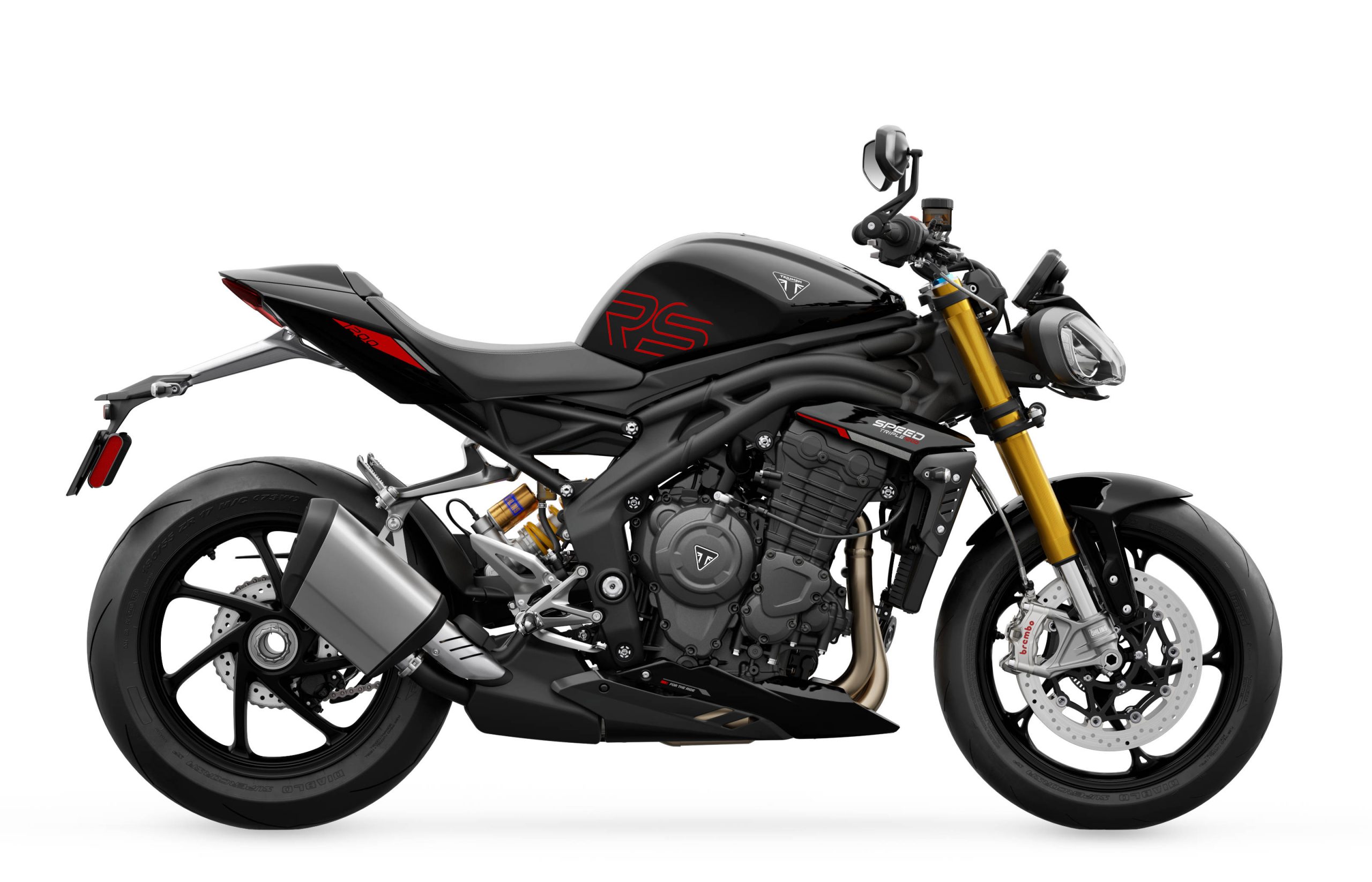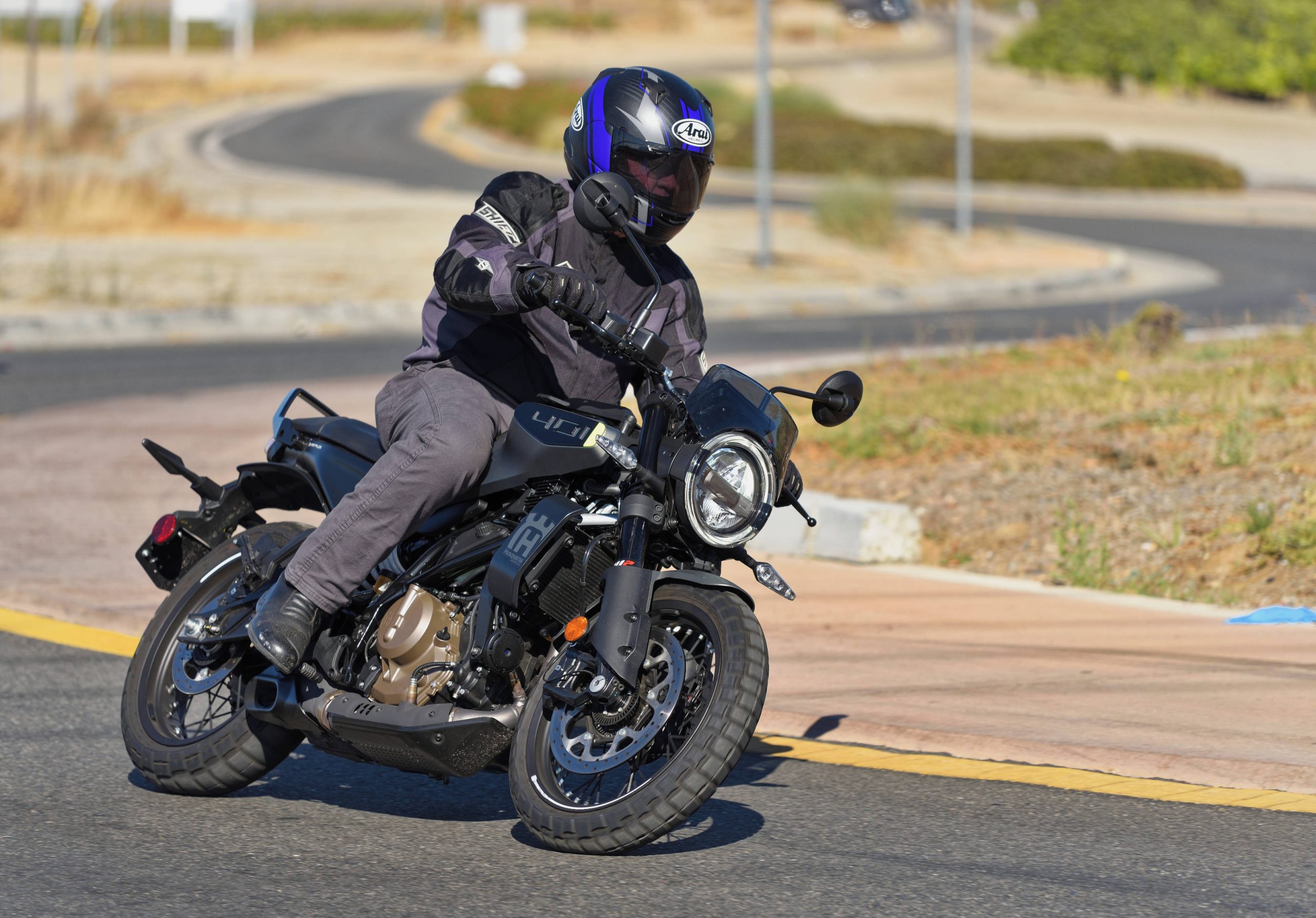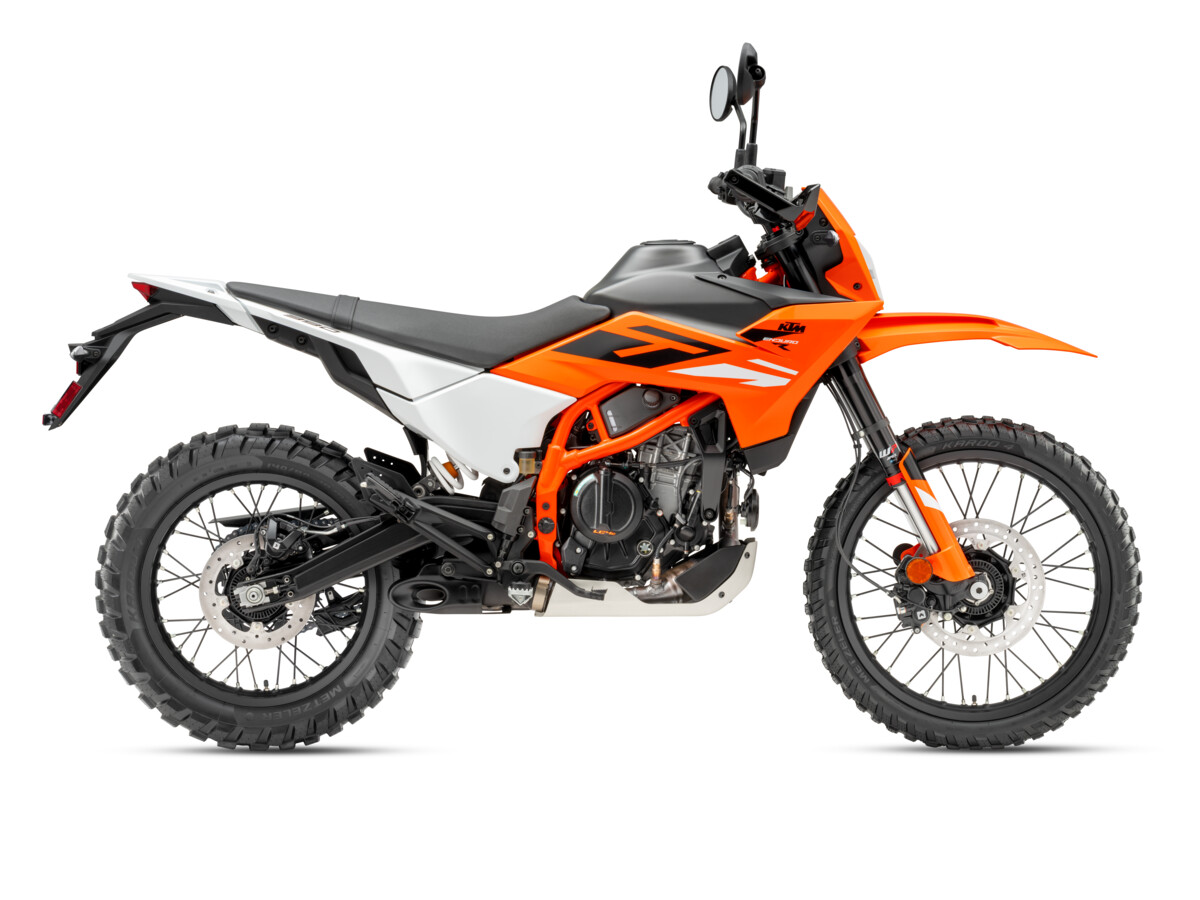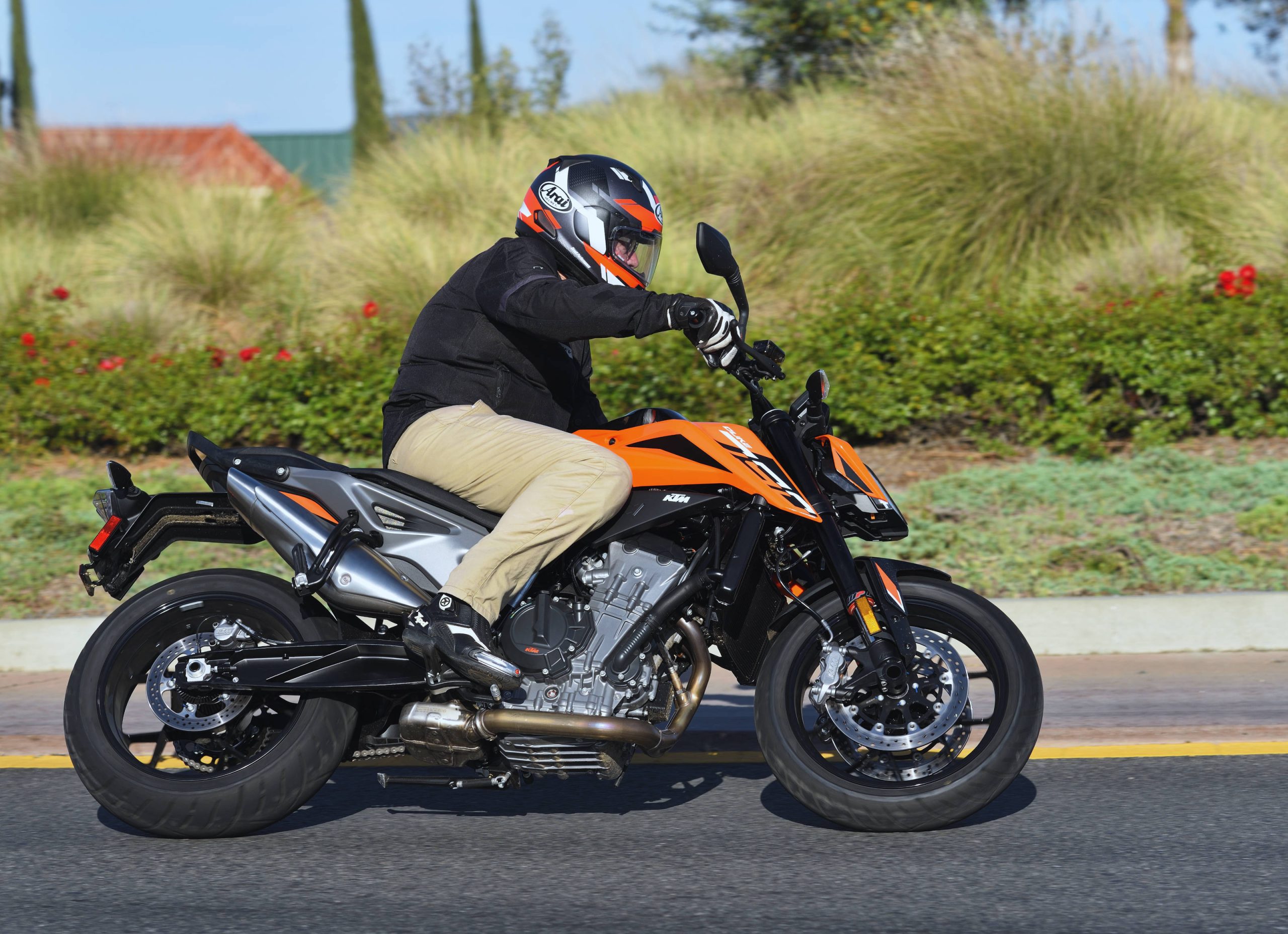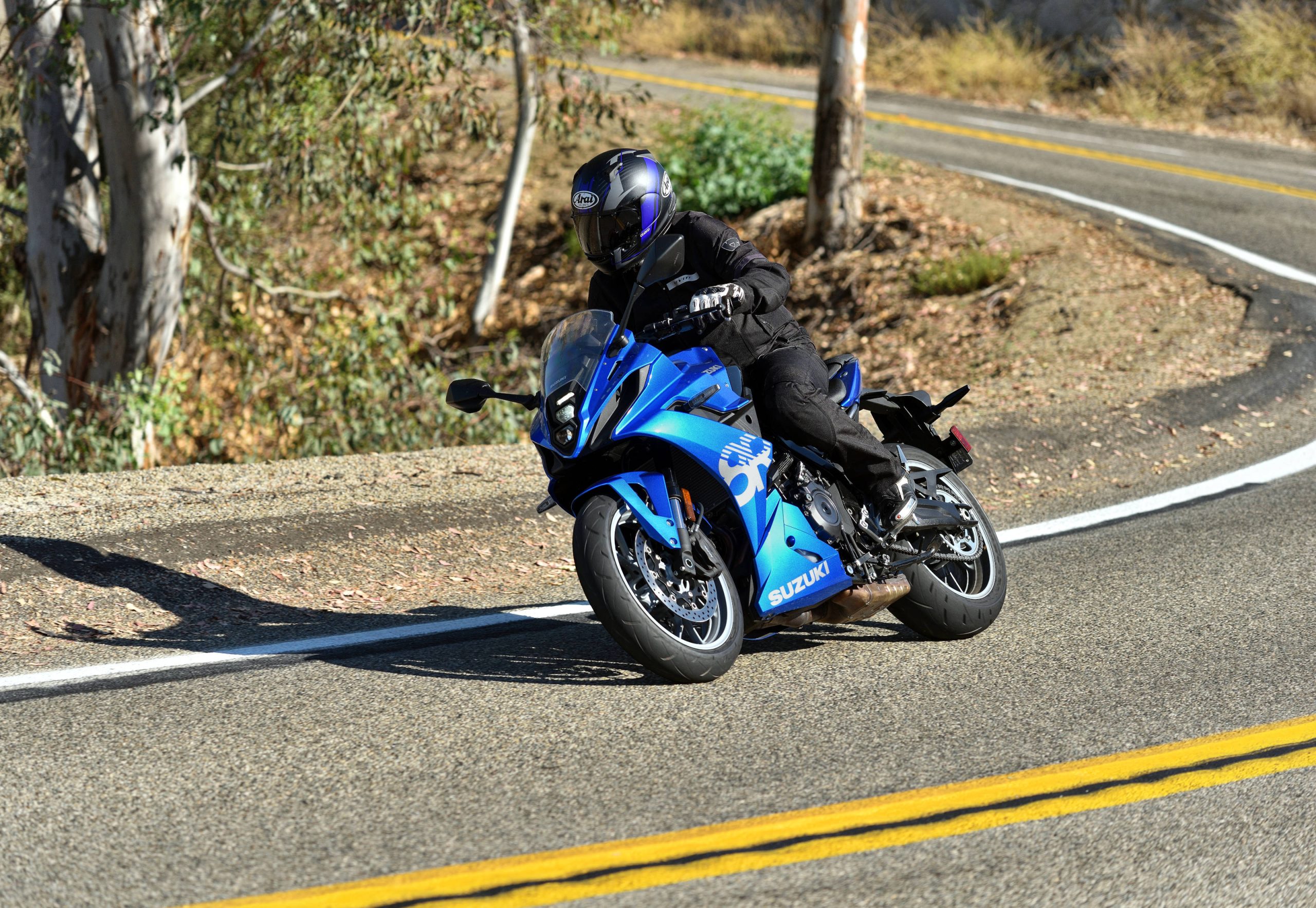The mystery of the pyramids remains unsolved, but MD’s brilliant readers solved the mystery of missing two-stroke street bikes (at least arguably). These are just some of the responses (mostly unedited) MD received to its article on “clean” two-stroke technology dated April 27, 2001.
- The interim technologies that are now marketed to clean up 2-strokes (FICHT,
Orbital) are not clean enough to meet current or future street, or
California’s off road CARB standards or expected future EPA off road
standards. Even now, they are not very practical for engines that move
rapidly up and down through the rpm range, like a typical bike engine.
(Marine engines tend to stay at a fixed rpm for a relatively longer
time, even in PWCs). The “driveability” (DR) just isn’t there for motorcycle applications. There are expensive R&D solutions to fix direct
injection, but the costs are very high to move to production (relative to the
number of bikes you could sell) and require extensive electronic management and
catalysts. A few street riders might pay the high price, I doubt an
off-road rider is likely to accept the fancy electronics and hardware.
4-strokes are inherently cleaner, they have the potential to meet all
future standards at a fraction of the cost of a “clean” 2-stroke while
delivering high output, excellent DR and good fuel economy. There is extensive
R&D going on by many OEMs which will keep prices down when products come to the market.
So, while the mechanical simplicity of 2-strokes is attractive, the cost
to clean them up is high and the results are not promising. Hope this
helps.
- Honda is the real mystery, since they have raced an allegedly clean two
stroke. Of course patents and almost pathological hatred of licensing
from any non-Japanese firm (Suzuki seeming to be the only exception) are
likely a bigger factor.
Another thought is that emissions standards tend to be a moving target,
and are set as much on what can be done as on what is needed. So two
strokes are always at a disadvantage, and it wouldn’t surprise me to
discover that the Big 4 are reluctant to tool up for volume production,
only to have US and European standards revised below what they can
accomplish.
- Dirck, I believe it was SportRider’s correspondent who went to HRC in
Japan, and asked them this question about a year ago (I don’t happen to have that
issue of SportRider in front of me). Honda said that they did in fact
have ‘clean’ 2-stroke technology, but had concerns about putting a 2-stroke
streetbike power-to-weight ratio in the hands of the general public.
Basically, they could easily build a 300-350lb bike with say 130hp.
Therefore they decided not to introduce the technology. But the HRC
representative did not rule out using the technology in the future – which
is probably more of a teaser than anything else.
I don’t think that the reason Honda gave is entirely valid. Neither do I think
that it is necessarily the entire reason. We may just have manufacturers (with
the exception of Aprilia) who are fundamentally biased towards 4 stroke technology
for reasons that we may never know.
- I read with interest your article (I usually hit your site everyday)
about the future of two strokes. I am a mechanic and mechanical
engineer, and am currently studying for a doctorate at the Australian
Defence Force Academy. Although my field of expertise is structural
dynamics I have had considerable experience with engines from both a
thermodynamic and practical point of view.
I believe the answer as to why two strokes are not used more
extensively comes down to efficiency. By efficiency I do not mean
highway fuel consumption (although it’s related) or brake power per
litre, but rather brake thermal efficiency. By definition brake
thermal efficiency is brake power produced divided by fuel power
consumed. In general two strokes have lower thermal efficiencies
compared to four strokes for two main reasons: compression ratio and
gas dynamics.
Firstly, the thermal efficiency of either a two or four stroke engine
is a function of compression ratio. The nature of this relationship
is complex, but efficiency is higher for a higher compression ratio.
Putting it simply, a higher compression ratio causes higher pressures
and temperatures in the cylinder and allows more mechanical work to
be extracted for the cycle. Two strokes tend to run lower
compression ratios than four strokes (this is due to porting and
scavanging requirements) and broadly speaking have reduced
efficiencies due to this alone. The pressurising of the charge in a
two stroke before it enters the combustion chamber raises the
effective compression ratio (much like turbocharging), but this
effect varies with engine speed and on the whole it’s worse off than
a four stroke.
The second reason two strokes have lower efficiency is due to gas
dynamics. Gas flows are complex in a two stroke in comparison to a
four stroke. Two strokes like to perform in certain rev ranges when
scavanging is occuring in a favourable manner. This is usually
refered to as being “on the pipe” or “in the powerband”. Here
expansion waves are cleverly used to draw mixture through the
crankcase and transfer ports and provide improved cylinder filling.
Unfortunately, this only occurs in certain rev ranges depending on
the pipe geometry and port timing and shape. Out of this favourable
rev range the engine can suffer from inlet charge contamination by
exhaust gases, or fresh charge being drawn unburned into the exhaust.
The direct injection system will reduce or perhaps even eliminate the
environmental side of the problem, but the gas flow problem will
still exist. This will reduce combustion efficiency and hence brake
thermal efficiency. The state of tune greatly affects this, but
ultimately the control of gas flow will never be as good as a mildly
tuned four stroke over the whole rev range.
But why are they used in some applications? There are a few other
considerations. The mechanical efficiency of a two stroke is higher
than a four stroke since there is no valve gear etc. If the engine
was designed to run at a set speed and throttle setting it could
perhaps come close (maybe even better) the efficiency of a four
stroke. This may be why they are used on outboards where revs and
throttle are held constant for long periods of time. The other
issues with outboards are weight, size and simplicity, areas where
two strokes have a distinct advantage.
In Canberra (here in Australia) a trial was run on government fleet
vehicles using direct injection two strokes using Orbital’s
technology. It was hoped that they would return improved fuel
economy over a conventional engine. This was not the case – fuel
economy was worse. To the defence of the two strokes it must be
said that the cars may have been driven differently. Apparently the
engines had more power than the originals and a power delivery that
encouraged faster driving.
If you are interested, most university level thermodynamics texts
have more detail on the basic thormodynamics of engines. One book I
thoroughly recommend for all rev heads is “Engines, an Introduction”
by John L. Lumley from Cambridge University Press.
The final point I will make is that I am not entirely familiar with
the layout of a many of these modern direct injection designs. I
might not be giving them due credit and they may very well have
efficiency comparable to four strokes over the whole rev range.
Orbital certainly seem to think they are the future.
- The aprilia DiTech scooters will be in the US in a 2-3weeks. It uses
technology developed by Orbital and Aprilia. It is a direct injection
2-stroke engine. They are claiming awesome gas mileage(100+mpg) and low
emissions (passes EURO2 standards now). DiTech will pave the way for the
reintroduction of 2-stroke street bikes. Check them out at www.aprilia.com
- Clean 2 strokes are still not as clean as good 4 strokes. Furthermore, it
is hard to imagine a time when two strokes can overcome that deficit – each
time they get better, the 4 strokes up the ante. Today’s ULEV (Ultra Low
Emission Vehicle) standards would have been considered impossible ten years
ago, yet many cars already meet it (many of these are Hondas, even the new
MDX Ute makes it). ULEV requires infintessimal hydrocarbon, NOX and CO
emissions (memory is telling me something on the order of 100 milligrams per
mile). Even an incredible 2 stroke will have a hard time with that.
Second, 2 strokes require mixing fuel, or at the least, buying special oil
for the oil injection system. A pain in the butt (and expense which adds
$0.50-1.00 per gallon to the cost of fuel) that most riders would rather do
without. A 2 stroke that worked without mixed fuel would help quite a bit.
I love the sound of 2 stroke dirt bikes and as an engineer, I love the
simplicity. But my next dirt bike will be a thumper.
- Over the past couple years, I have watched this trend and some of the
technology available. There is a lot of discussion in the industry around
2- vs. 4-stroke engines in the small/recreational vehicle markets. As
4-strokes are approaching 2-stroke power density (when you include fuel and
other system pieces to travel a certain distance), many manufactures are
making guesses as to where the cost equation will fall out. Right now,
2-stroke technology (specifically direct injection) is expensive, and for
the most part needs to be licensed, at significant cost, from suppliers
(Ficht and Orbital are the best known examples). In markets that are very
cost/price sensitive, and embrace the low technology solutions they can work
on, acceptance of these new technologies are relatively slow to come about.
To move to fuel injection from carburetors is a huge change in the way a
company must go about business. To make the jump to direct injection is an
even greater change. For companies that have invested in the older
technology solutions, there is a significant business risk in making the
jumps. That is why you see new motorcycle companies coming out with fuel
injection right away, while those who have carburetor solutions are slower
to change. Big investments in both routes.
Beyond the cost of entry, the capability in many of the current advanced
systems are somewhat lacking in the rider/user drivability perspective.
This was highlighted in the V-Due experiment, and reviews on many of the
motorcycle systems (biggest example is the abruptness off idle, CV carbs
offer some good benefits). Marine applications, where the throttle
transients are minimal, application of this technology is reasonably
straight forward and simple. Where there are large throttle transients,
responding appropriately gets real difficult; both in the development of
control strategies, and in calibrating them appropriately.
As for Honda, I believe they are a 4-stroke company that did 2-strokes
because they had to to survive. With the new engine technologies (including
manufacturing and materials) to make the 4-strokes more viable, I believe
Honda is moving to centralize their efforts on the one technology which
should make them more able to survive as a company in the future. By
focusing their efforts and resources, they will be able to afford to invest
in engines (their primary purpose as a company) and rely less on
high-technology controls to meet emissions regulations. This should provide
more robust product for the various markets they compete in. Also Honda is
a “green company”, and regardless of the technology employed, 2-strokes will
be viewed by the uninformed masses as “dirty engines” for many years.
In the end, it comes down to a fairly complicated cost equation. To get a
certain level of performance, what does it cost to develop and support the 2
engine technologies. With many of the racing endeavors changing to rules
allowing 4-strokes to compete in the traditional 2-stroke arenas, the
concept of needing to do 2-strokes to keep the corporate name visible is
going away.
Again, just some thoughts on the market/technology discussions from someone
with a technical involvement. Not all of the information to make a rational
decision on the future of 2-strokes is in yet, but it is coming fast.
Trends point to 4-stroke due to cost (to make and to maintain), customer
satisfaction (less noise, no mixing of gas, less smell), and the current
lack of availability of a good 2-stroke technology alternative. In some
applications, this is an easy change to 4-stroke. In others it is not, and
the manufacturers are busily looking for a 2-stroke savior. Stay tuned.
- FYI – Polaris has been working on FICHT for snowmobile application for
several years (they have it working for PWC’s at present, but RPM is limited
to 6000rpm – the “reliable” limit of current FICHT technology), the problem
with the system is that it only works well when the injector cycles are
lower than 7000rpm, far below what most applications require (IE. a high
revving four cylinder.) FICHT is a great technology, the problem is the
RPM… it will get worked out eventually. The beautiful thing with FICHT
is the simplicity of the design when compared to Orbital. The Orbital
system is FAR more complex making service and maintenance a bit of a pain
(of course there is always the “more parts, more problems” theory about it
also).
I hope this helps you research about the great 2-stroke debate. FWIW –
apparently auto manufacturers have shown some interest in this as well, the
power/weight ratios of clean 2-strokes is awesome compared to four strokes
and the simplicity of the overall engine design makes them attractive from a
manufacturing point of view, as you may well know.
- First, I’m an engineer but not a mechanical engineer so my opinions are no
more valid than any other layman’s.
Why are two strokes going away? I can tell you it is not because of
licensing. Honda, and maybe others, have developed clean two strokes in
house. Honda’s system is called Active Radical Combustion (ARC). ARC is
simpler, lighter, cheaper and has fewer problems than Orbital’s system and
was used both on race bikes (Paris-Dakar) and street bikes (a Japan only 250
DP bike). I had the great pleasure of speaking to Kevin Cameron (along with
Erv Kanamoto one of my life long heroes) about ARC. Kevin had been allowed
to read the Honda research and testing documents and was very impressed.
So that leaves the same question, why are they going away? I think there are
two reasons. First, most people don’t like them. Yes, there are people who
live and breath (cough, cough) two strokes but the large majority will take
a four stroke if given a choice. The Japanese are not stupid, they learned in the seventies that, no matter
how good your product, you can’t force people to buy what they don’t want.
The second reason is that after you make the two stroke clean you still have
a short lived (poor bottom end lubrication, pistons subject to almost twice
the heat, pistons and rings have to live with cylinders with large holes in
them), dirty (no mater how clean the combustion process you still have oil
in the fuel and “symmetrical” exhaust timing), noisy (roller bearing bottom
end, the nature of two stroke exhaust and intake noises) product that, with
the very complex fuel injection required by most “clean burn” systems and
the weight and bulk of the intake, cooling and exhausts required to make
them street or even “green sticker” legal is nearly as expensive, bulky and
heavy as a four stroke. Four strokes keep getting lighter and two strokes
are being forced to get heavier and more complex.
- I read your posting about two-strokes. When I visited Aprilia in 1999, I tried to get as much information about two-stroke sportbikes as possible. There were two major obstacles to a 500cc two-stroke sportbike coming out. First, they said they didn’t believe there was a strong enough market for it.
“Aprilia, or any manufacturer, is always going to manufacture products that the market wants. The American market hasn’t been able to purchase a two-stroke bike for many years, so many people have forgotten the excitement that is part of two-stroke racing. On the other hand, Aprilia will definitely bring to market the products that the market wants. But the technology has to be there to be able to support bring those products to market. Right now, it’s definitely a serious subject in Aprilia whether to further devlop two-stroke technology that meets emissions and noise requirements but continues to have the high-performance that people want. Right now I can’t give you a clear answer, but it’s something that Aprilia is still very much interested in and evaluating. The sooner the U.S. subsidiary builds the inherent ability to understand clearly the U.S. market, the sooner they bring back to Italy the desire that the American market wants a two-stroke bike and the market is large enough to support then investment that would be needed to make that happen, the sooner Aprilia is going to make that product. ”
As for the technology Aprilia uses, they use the DiTech system on their scooters, and Aprilia said that “it is not a performance-oriented product, at least not in the larger two-stroke engines.” It can’t be used in engines above 125cc. They added that they would have to use an Orbital-type direct-injection system for a 250cc bike, and presumably, for a 500cc bike.
Aprilia does have a liscencing agreement with Orbital, and Aprilia said it is possible to develop a system for a 250cc bike. “But to industrialize that process would require a certain investment. >From what we see in the world motorcycle market today, the volumes of those two-stroke sales don’t justify the investment that’s needed to industrialize and develop that process. You won’t see in the very short term an Aprilia engine with Orbital technology until the U.S. market is able to bring back the market information that would be needed to justify the sales that are needed.”
So what does all this mean? In my opinion, we’re not going to see a two-stroke sportbike from Aprilia, especially since dropping their 500cc V-Twin bike from the 500 Grand Prix class. And Honda, who is most able to actually produce an emissions-friendly two-stroker, has said it will no longer produce two-stroke bikes except for pure racing purposes.
Incidentally, the Bimota Vdue, while an admirable concept, was a disaster for the little Italian company, and a large part of what brought them to bankruptcy. I rode the bike, and despite having an engineer present to continually modify the electronic injection, it ran terribly, and would be a safety hazard on the street.
But riding the Vdue, with its light weight and capable chassis, did turn me on to the concept. And having a Yamaha RZ500 streetbike many years ago, I’d love to ride another one. For those who really want one, log on to Aprilia.com and tell them. Only a strong market support will make this happen. Will we ever see a two-stroke sportbike again? I have my doubts. Top-level development of two-strokes is now over, thanks to the new rules in Grand Prix for 2002. C’est la vie.

